The Mi Smart Band 6 is one of Xiaomi’s most popular wearable. The 6th generation compact and lightweight activity tracker gets an upgrade in display size and has new features such as SpO2 which measures your blood oxygen. The Mi Smart Band 6 retails for S$65.
Unboxing
Inside the box, you will find:
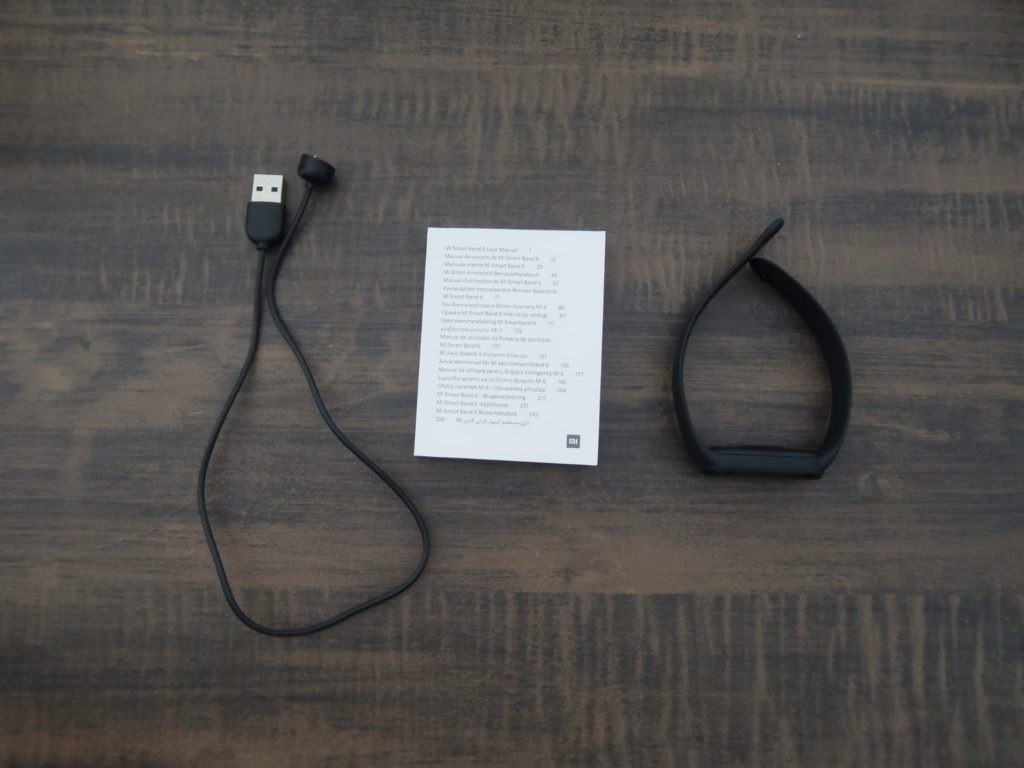
- Mi Smart Band 6
- User manual
- Charging cradle
Tech specs
| Display | 1.56″ AMOLED display Display resolution: 152*486 Display color depth: 326 PPI Display brightness: up to 450 nits, adjustable |
| Sensors | High precision 6-axis sensor and PPG heart rate sensor |
| Battery life | 14-day Charging time: ≤ 2 hours 125 mAh |
| Weight | 12.8 g |
| Waterproof rating | 5 ATM |
| Wireless connection | Bluetooth 5.0 |
| Dimensions | 47.4 × 18.6 × 12.7 mm |
Build quality and design
The Mi Smart Band 6 retains its trusty design from its predecessor – which a round rectangular watch face accompanied by a thin silicone strap. The Mi Smart Band 6 now comes with a larger 1.56-inch AMOLED display, which is 50% larger than the old Mi Smart Band 5’s 1.1-inch screen. The display gets close edge of the case for “bezel-less” look.
The silicone strap feels pretty okay – it isn’t the softest I have used to date but still feels comfy enough when wearing it. The strap uses a pin-buckle mechanism, meaning that you won’t have to deal with trailing strap falling off the buckle. Mi Smart Band 6 is also waterproof up to 5ATM.
Mi Fit app
The Mi Fit app has elements that resembles the Amazfit Zepp app, which isn’t a surprise given Amazfit is another smartwatch arm by Xiaomi. However, I found the user experience of the Mi Fit app to be a little cumbersome to use compared to the Zepp app. But other than that, the Mi Fit doubles as place to inspect the tracked metrics in detail and also feature a store for you to download different watch faces.
Display
Mi Smart Band 6 now sports a larger 1.56-inch AMOLED display, with a 152 x 486 resolution at 450 nits. Colours are nice and vibrant. There does not seem to be an always-on display mode so you’d have to rely on the raise to wake which is pretty decent or simply tap the screen. There is also a bunch of watch faces that you can download from the Mi Fit app.
User interface
As there no buttons on the Mi Smart Band 6, it is a touch based interface. Scroll up and down to see the list of apps/widgets that you have selected to display. Swiping left and right from the home screen will bring you into the apps you have set a shortcut to. Swiping left generally acts as a ‘back’ function as you are navigating the interface.
Check out a short video demo below:
Fitness and health tracking
People getting the Mi Smart Band 6 would likely be interested in keeping tabs on typical fitness and health metrics such as steps, distance covered and heart rate. The Mi Smart Band 6 has an onboard accelerometer which helps to to track your daily steps and distance covered.
Running
There are over 30 sports modes, but I’ll be mainly using the ‘Outdoor Run’ for testing the fitness tracking aspect of the Mi Smart Band 6. As the Mi Smart Band 6 does not have any onboard-GPS, it relies on connected GPS support with your phone. This means that the Mi Smart Band 6 will ride on your phone’s GPS to map out the running route. Long story short, I have to bring my iPhone along with me for my runs.
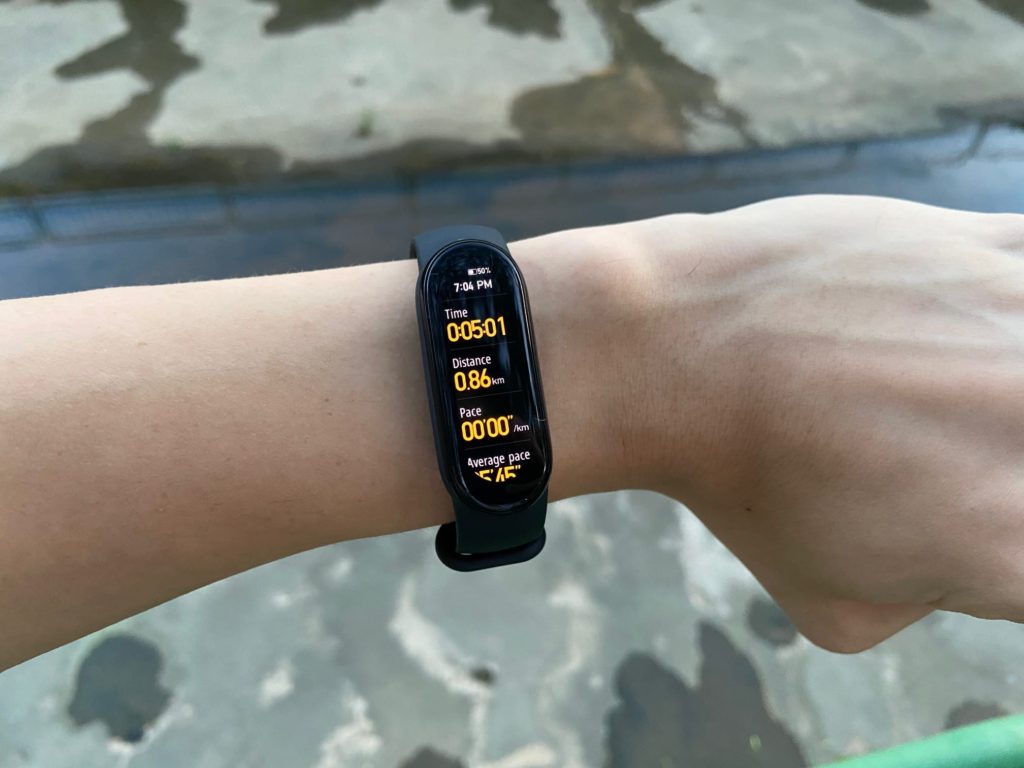
The Mi Fit app will display the route that you took during your run and also provide some meaningful charts relating to heart rate zones, altitude, cadence, pace and stride.
Health – heart rate, sleep, etc
Mi Smart Band 6 is able to track sleep duration – when you fell asleep, the different stages of your sleep (light sleep, dep sleep, REM), and when you woke up. It seems rather accurate on determining when I fell asleep and woke up. The Mi Fit app will do up a sleep quality analysis to let you know if have gotten enough sleep. If you’re into scores, then you may appreciate the sleep score that will also be generated by the Mi Fit app.
As the Mi Smart Band 6 now has a SPO2 sensor, you can monitor breathing during your sleep via its beta sleep breathing quality feature. There isn’t a graph or chart to show your breathing quality during the duration of your sleep. Instead what you get is a rating or score out of 100.
If you like to measure you blood oxygen levels, you can do so by using the SpO2 app on the Mi Smart Band 6. The measurements that you performed will be recorded on the Mi Fit app for future reference. You can also your heart rate during the day and sleep as well.
Battery life
Xiaomi claims that the Mi Smart Band 6 is able to last up to 14 days. With that said these claims are usually based on rather conservative settings. Based on a variety of settings on continuous heart rate monitoring, advanced sleep tracking features and day-to-day usage, I was able to get about 7-8 days of use with more aggressive settings.
Charging the Mi Smart Band 6 is done by a satisfying magnetic snap on the back.
Conclusion
The Xiaomi Mi Smart Band 6 is a solid fitness tracking device that should fulfil the needs of anyone who wants to track metrics such as heart rate, blood oxygen, steps and distance covered. As it lacks on-board GPS, it is not as good as a fitness tracking. For just S$65, the improved screen and added SpO2 sensor keeps the Mi Smart Band 6 competitive amongst its competition.
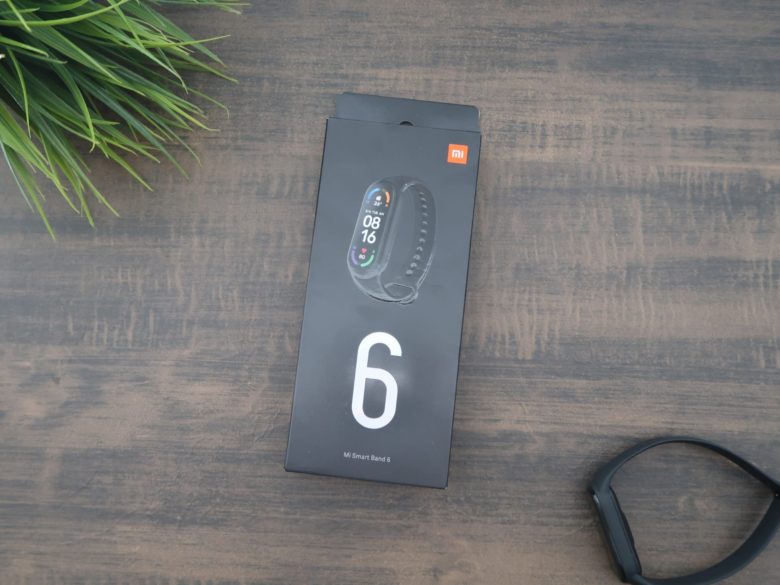

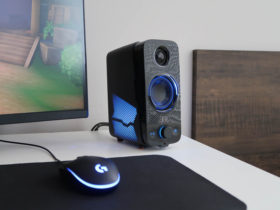
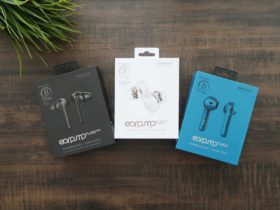
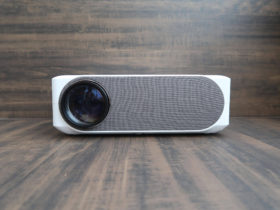

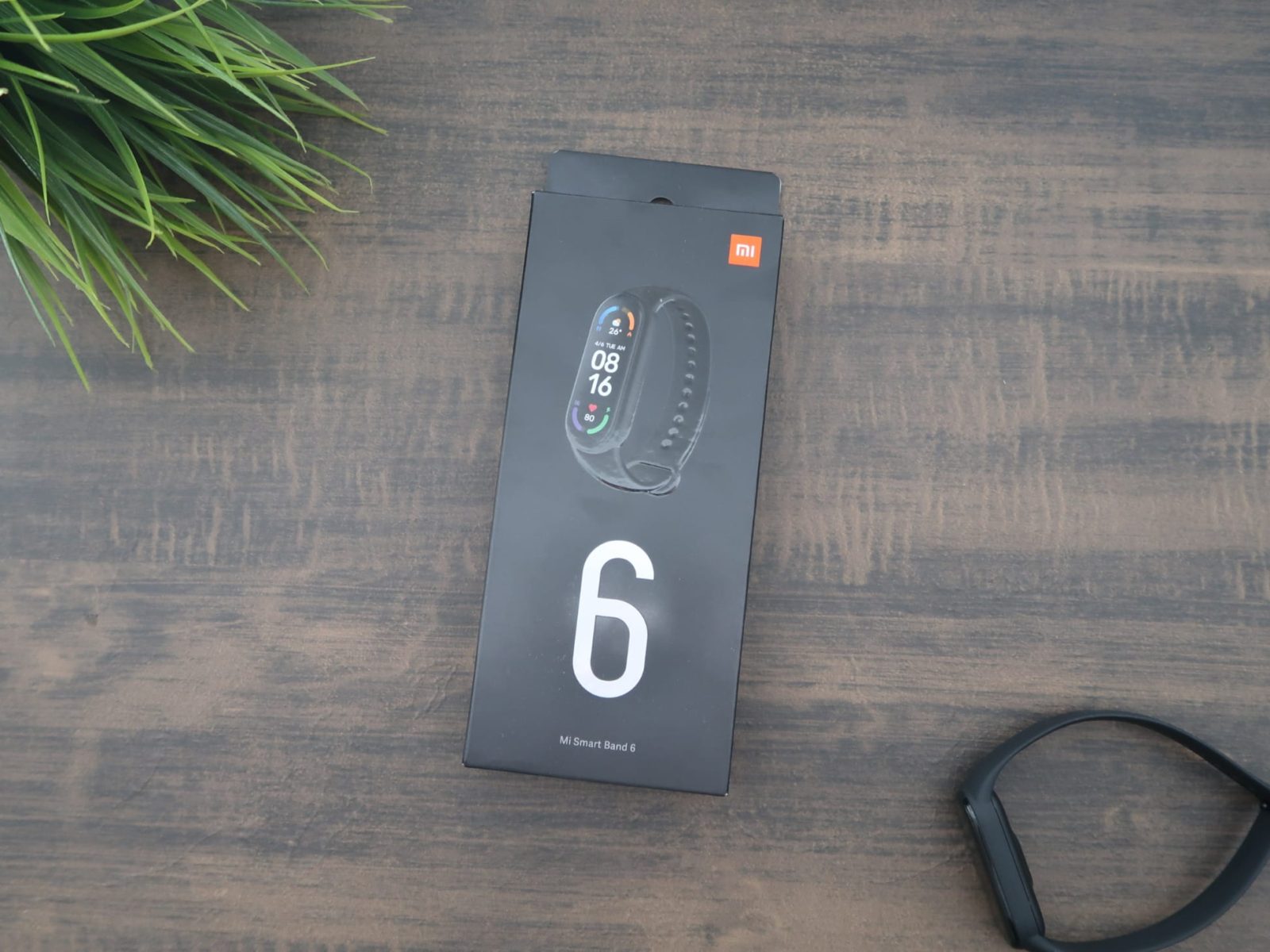

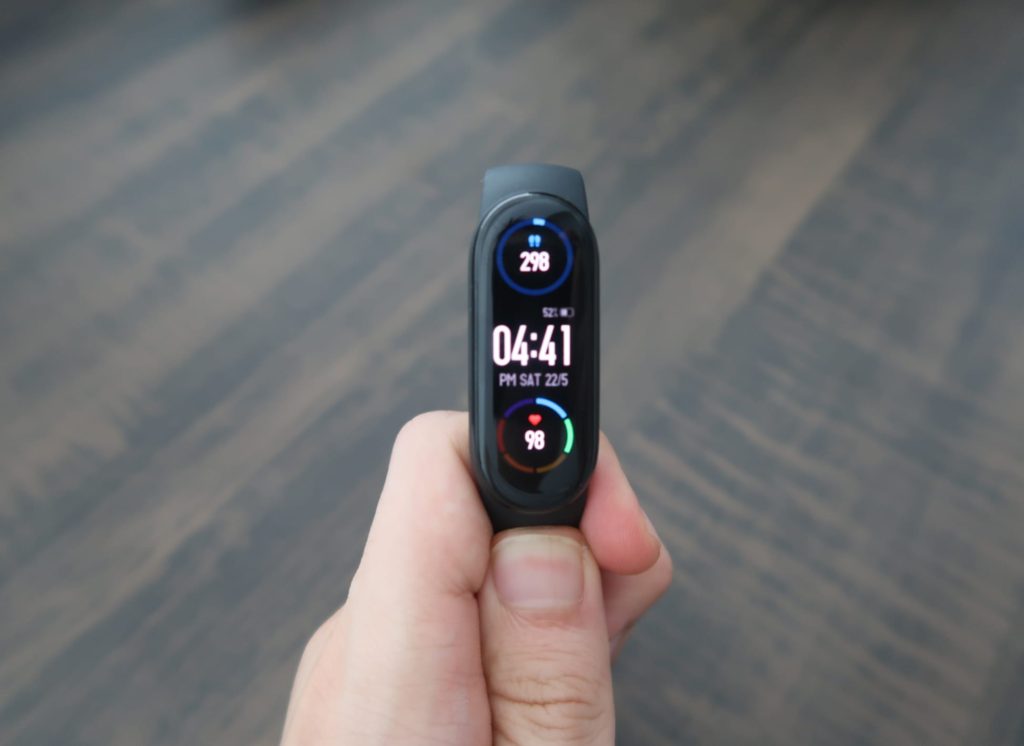

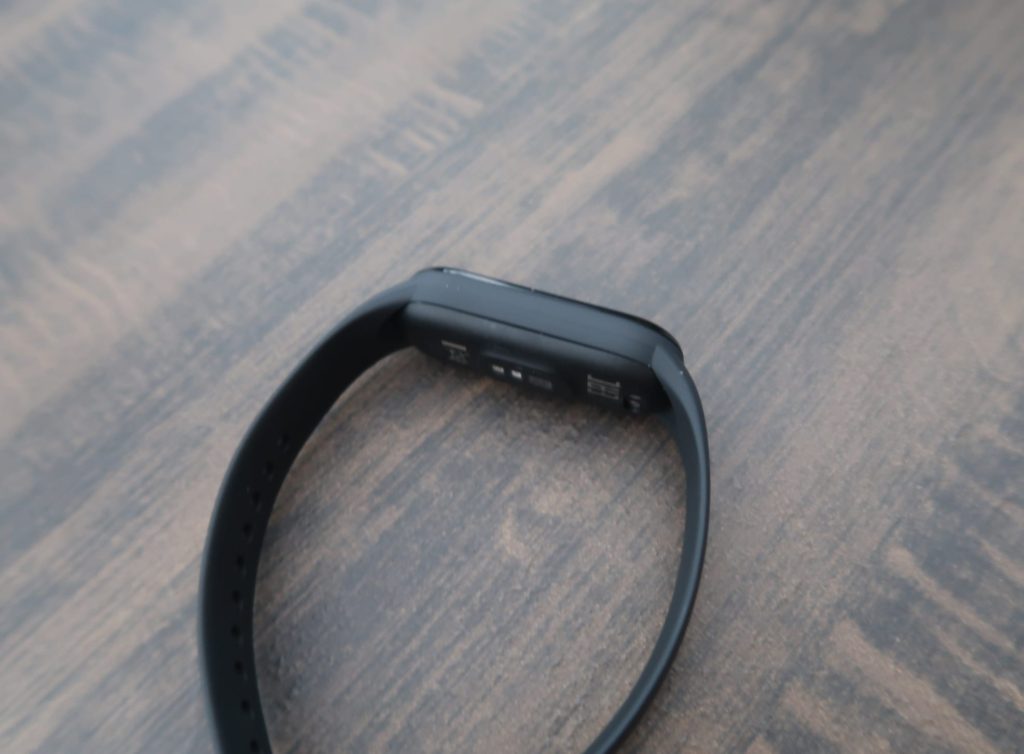
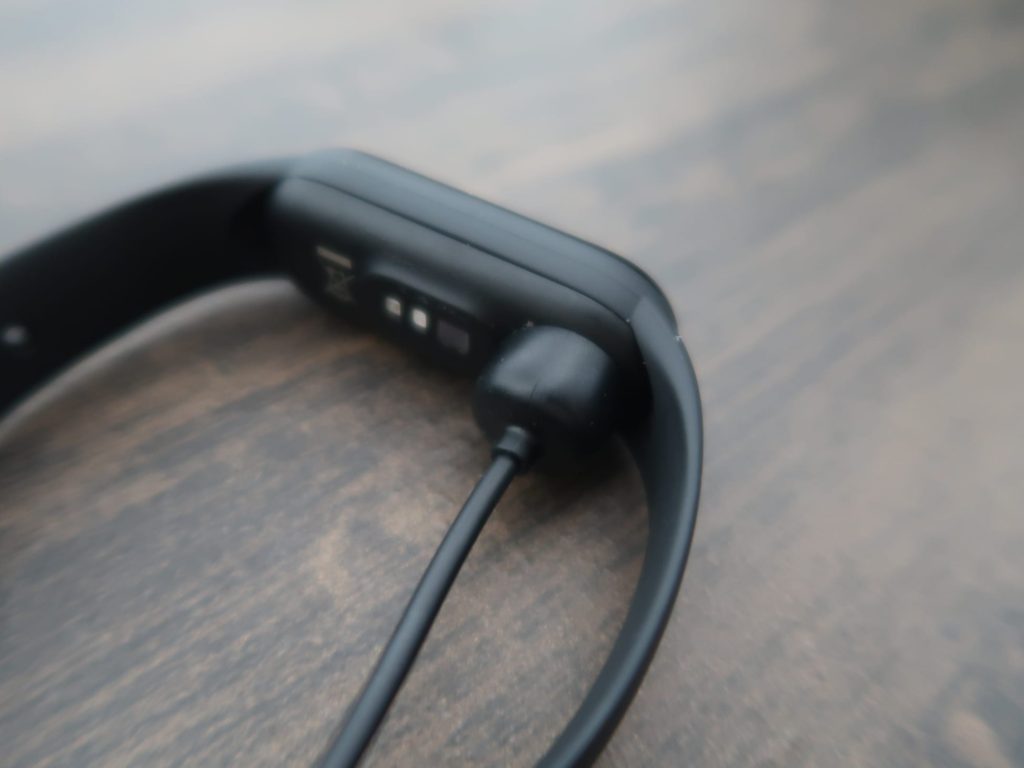
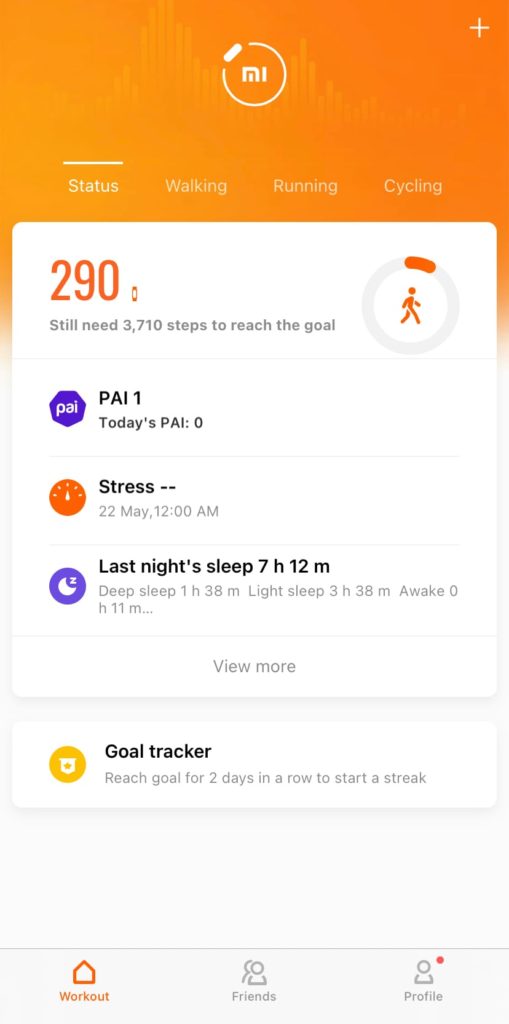

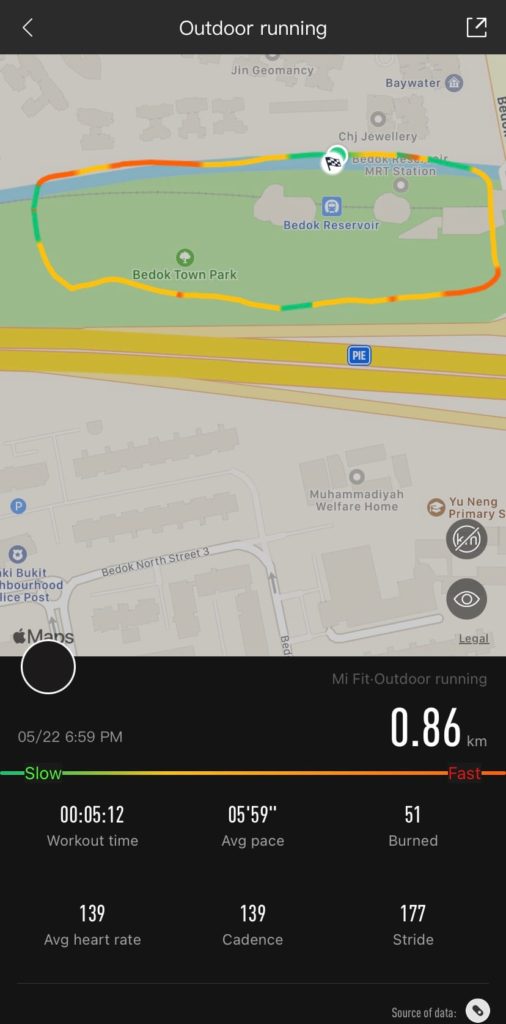

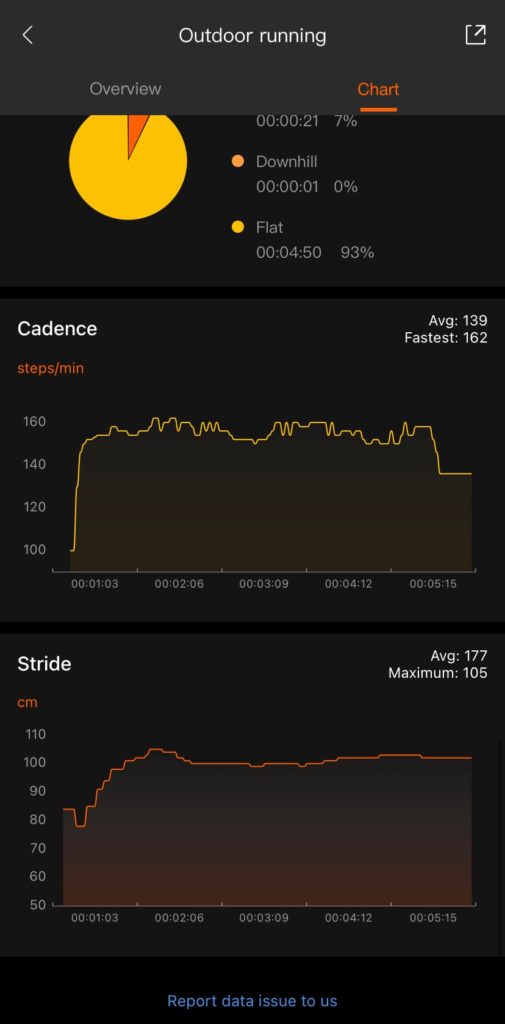

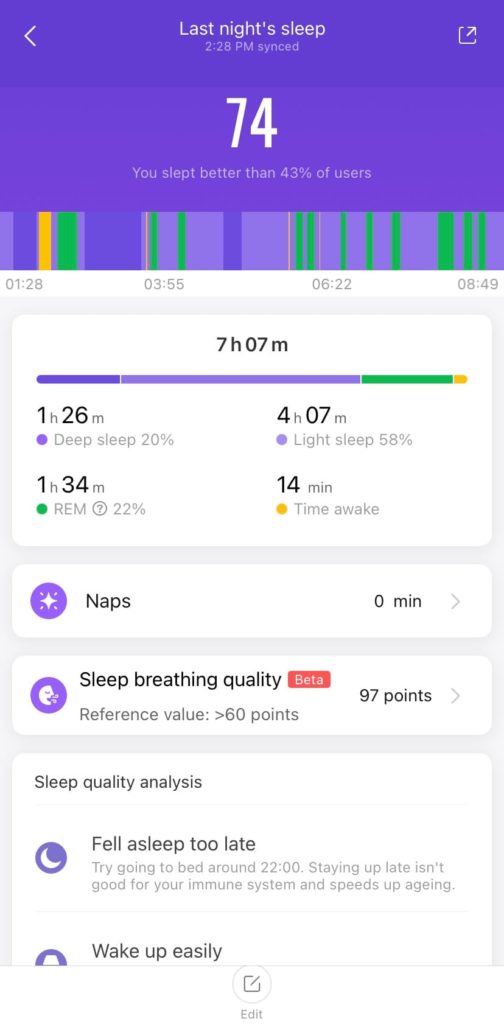
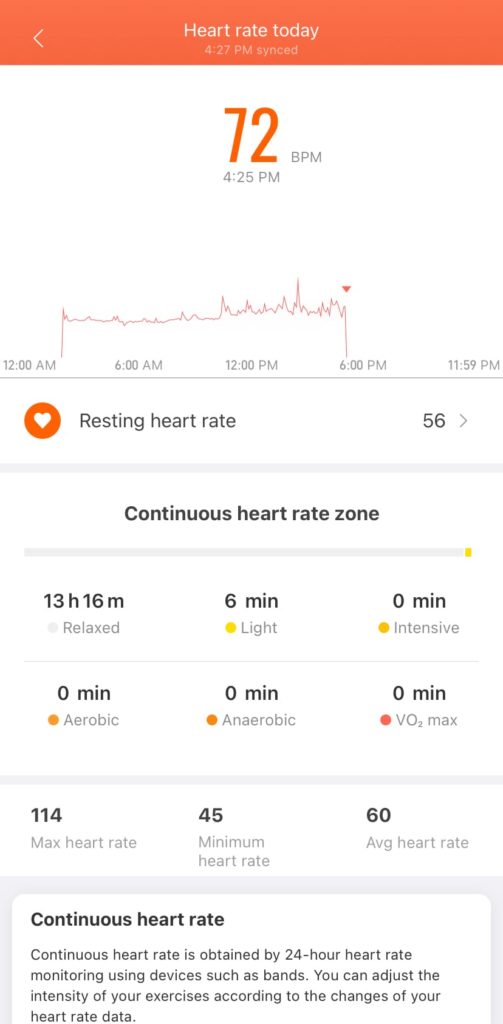



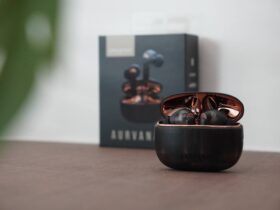

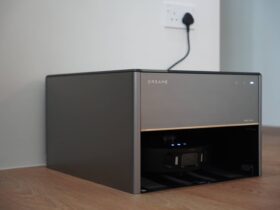
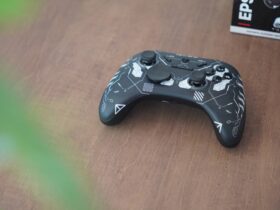
Leave a Reply